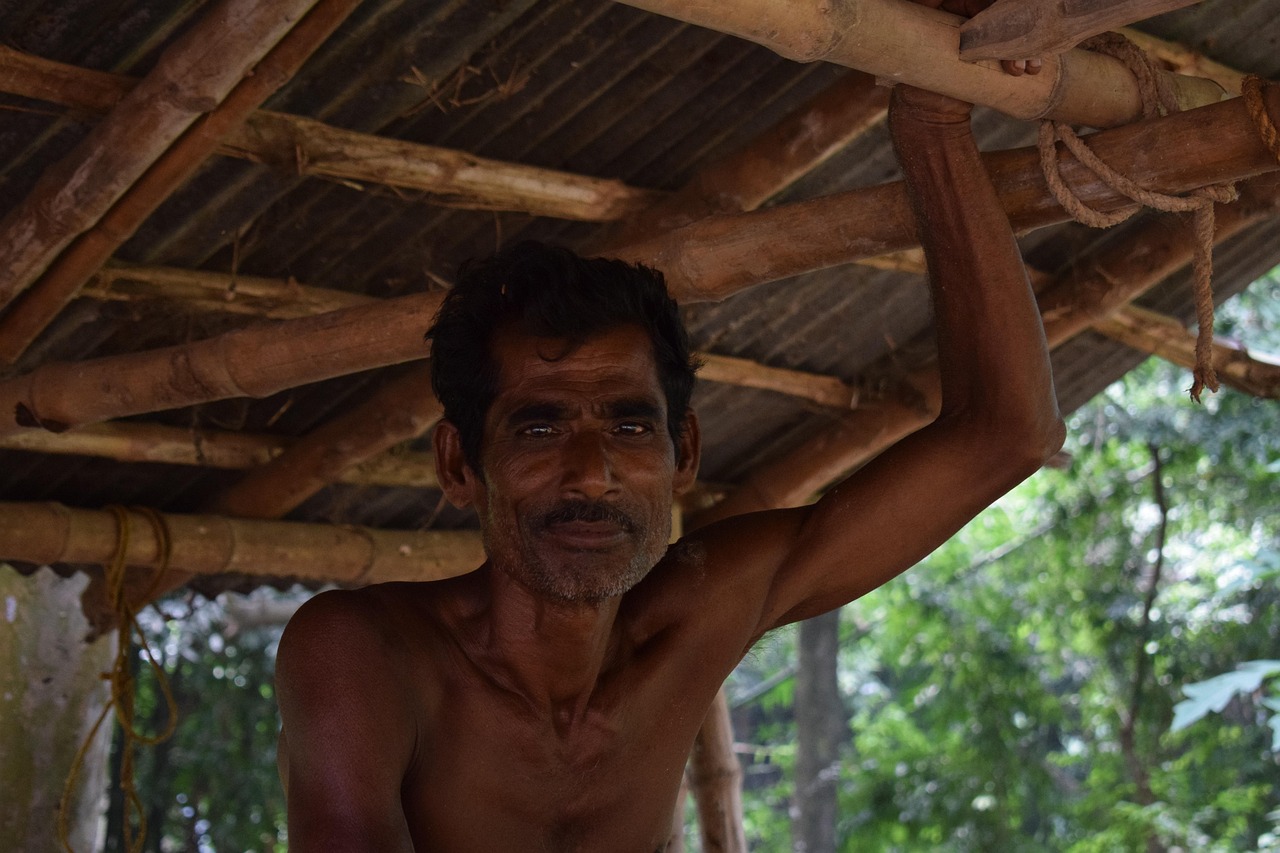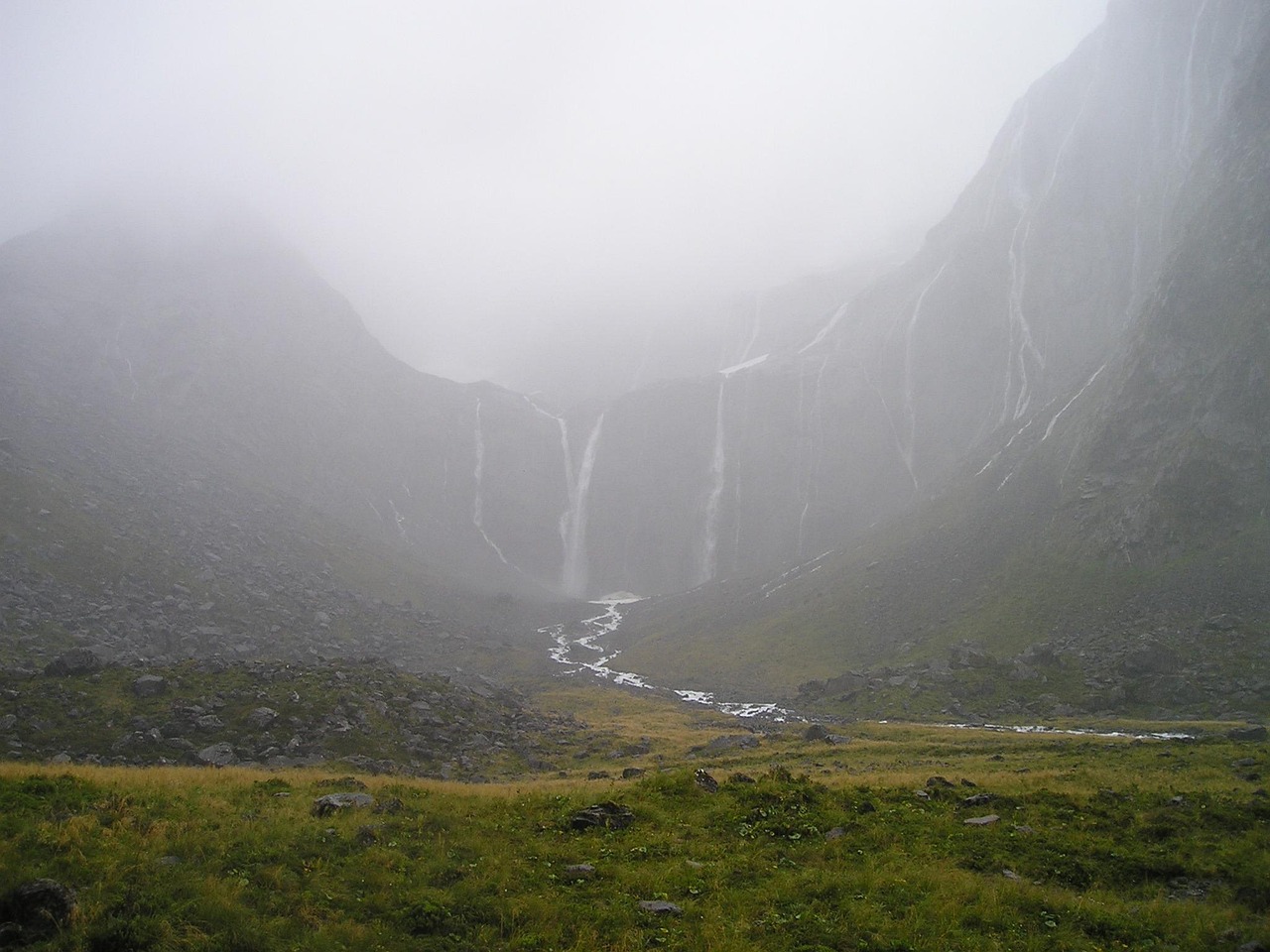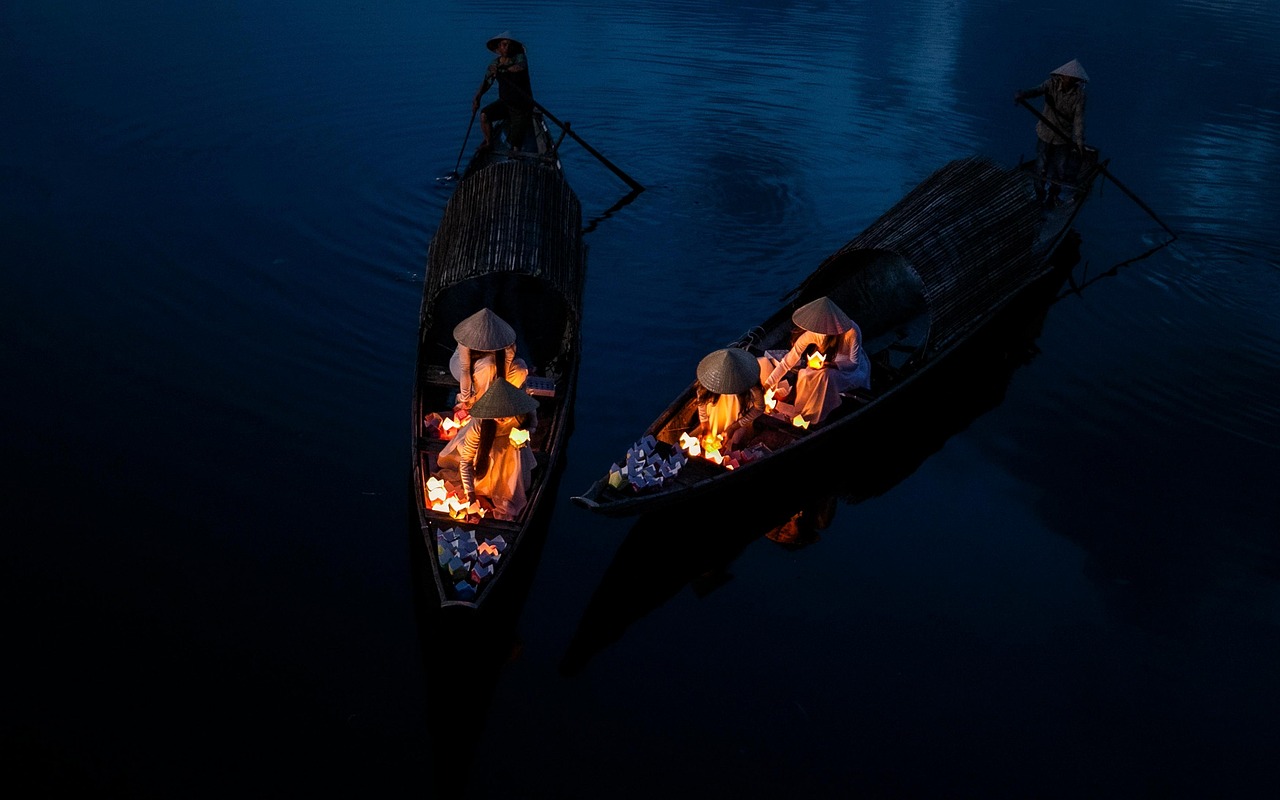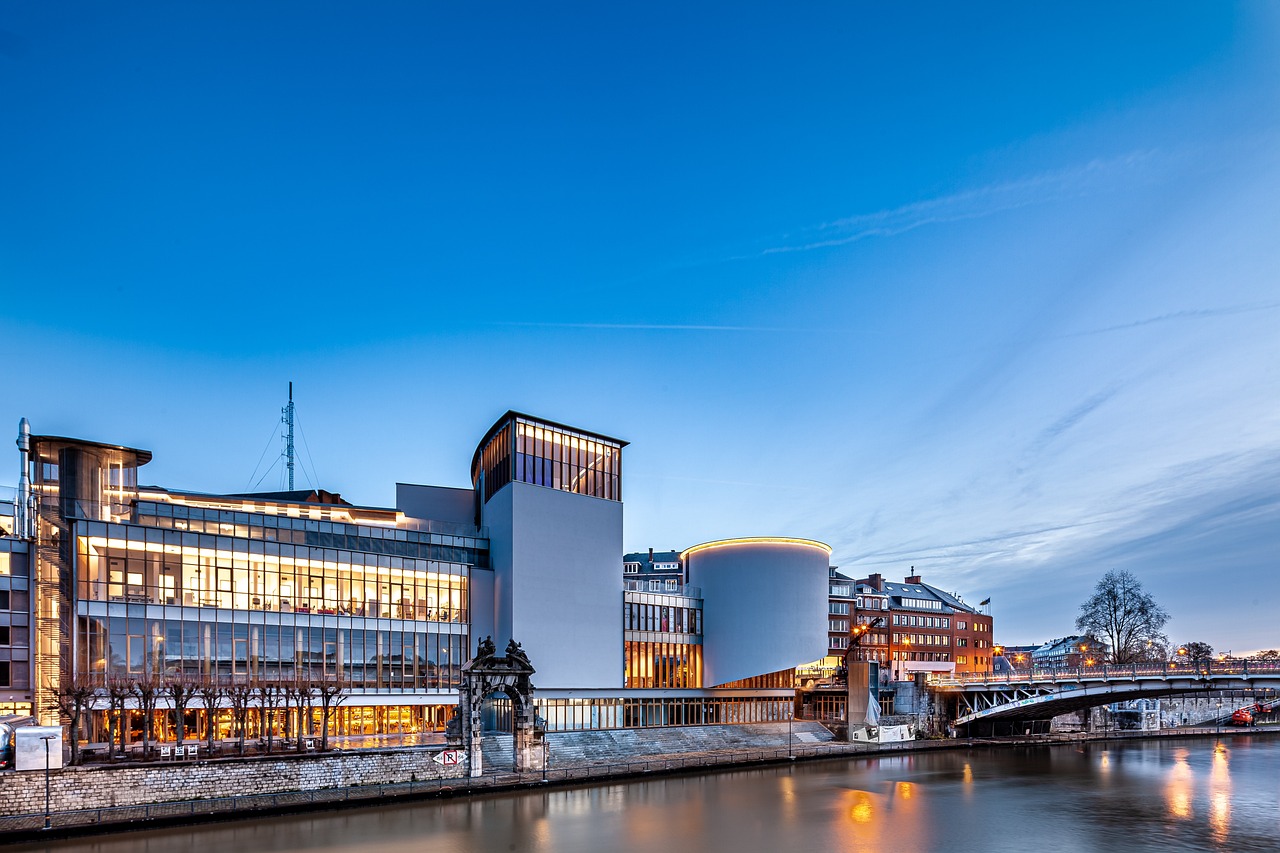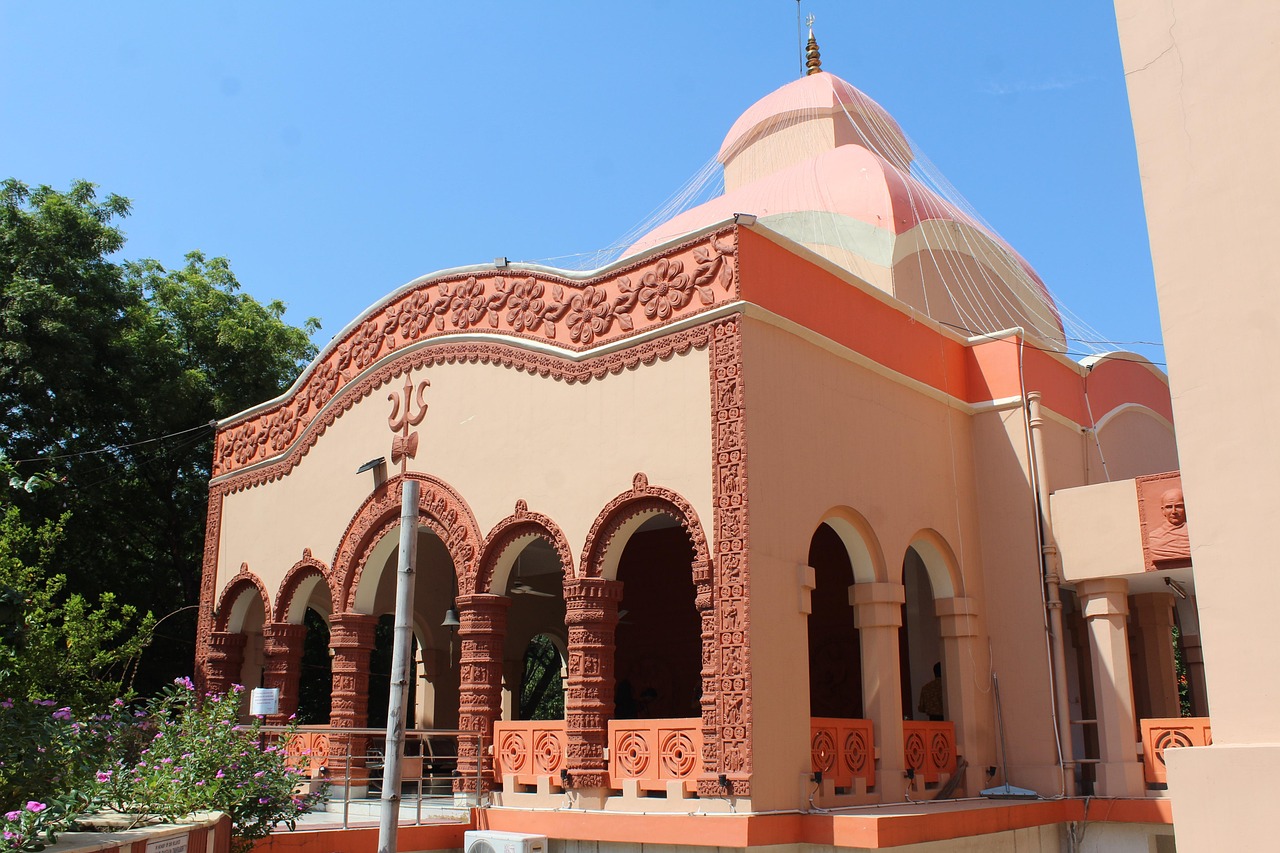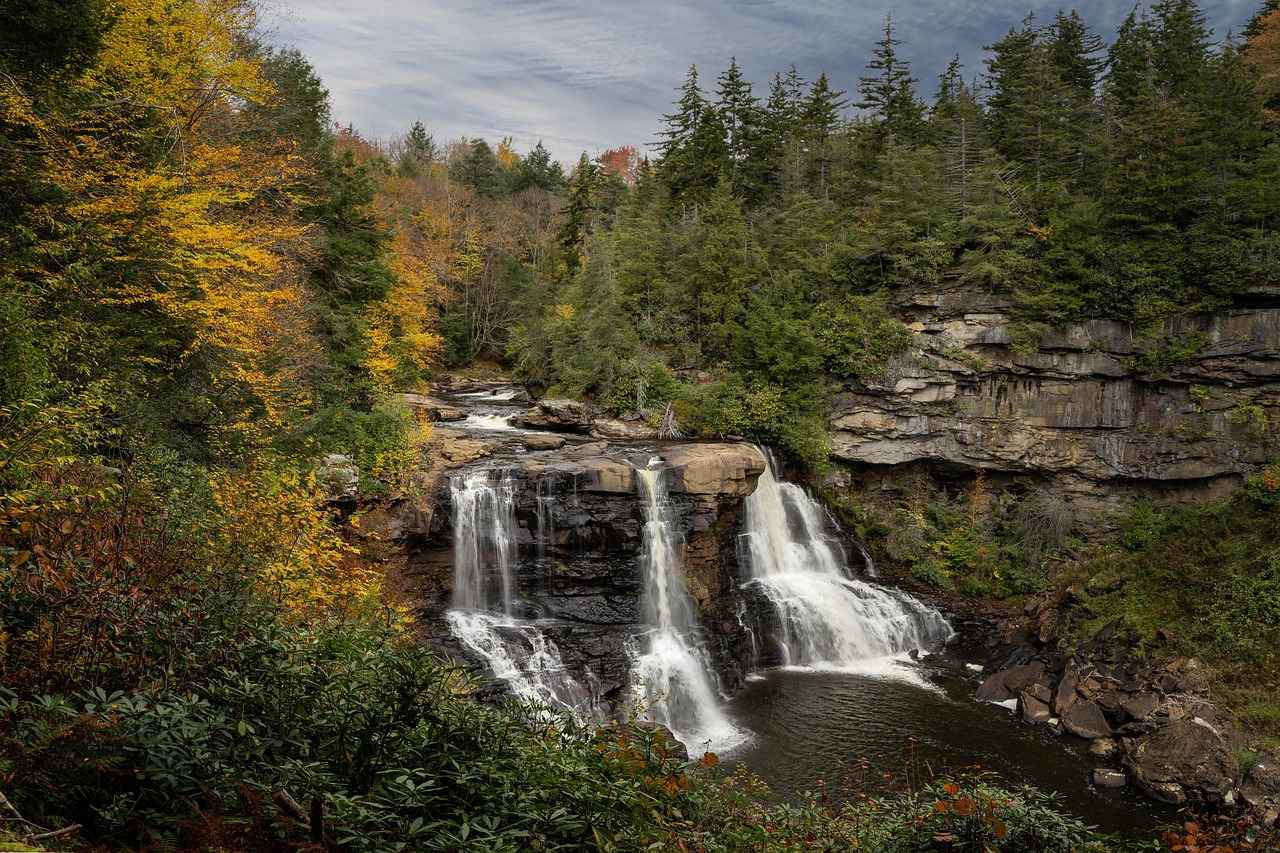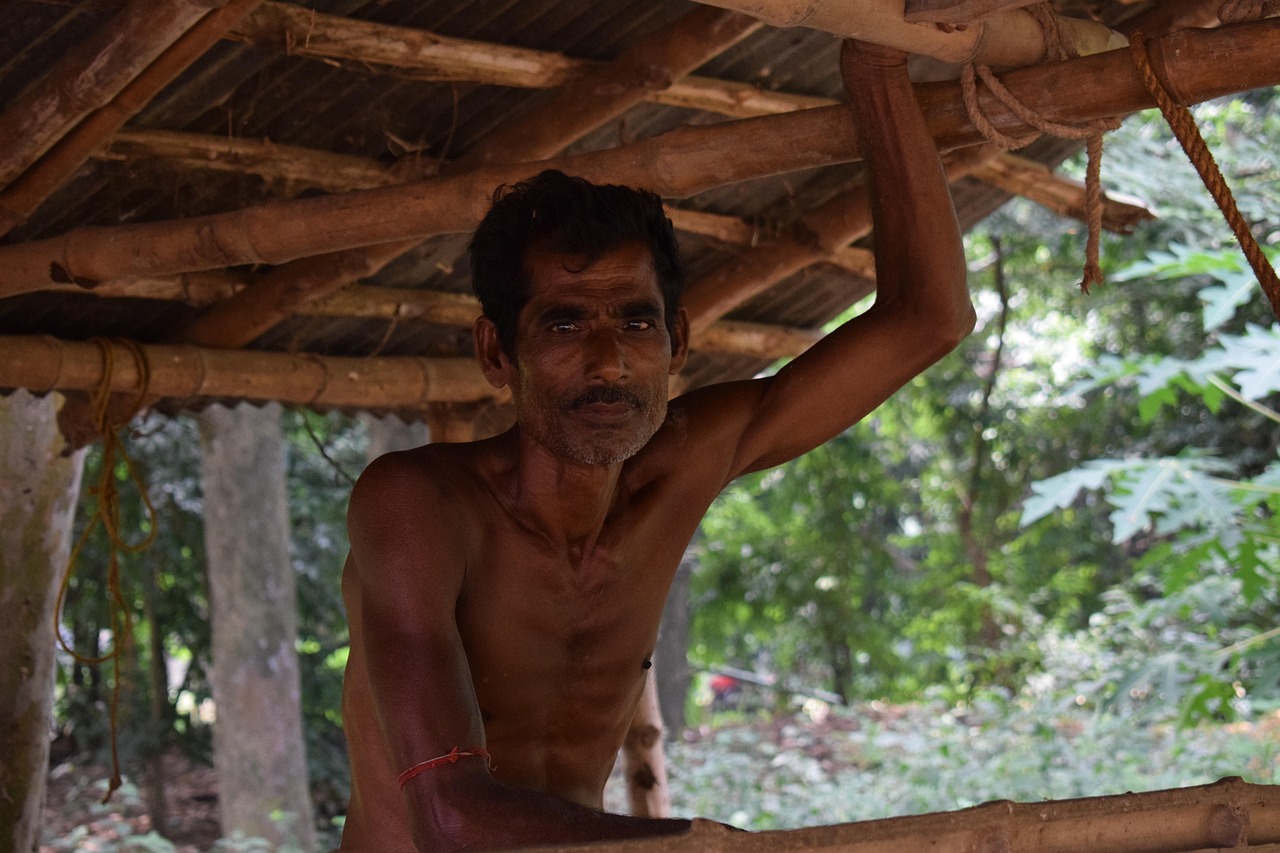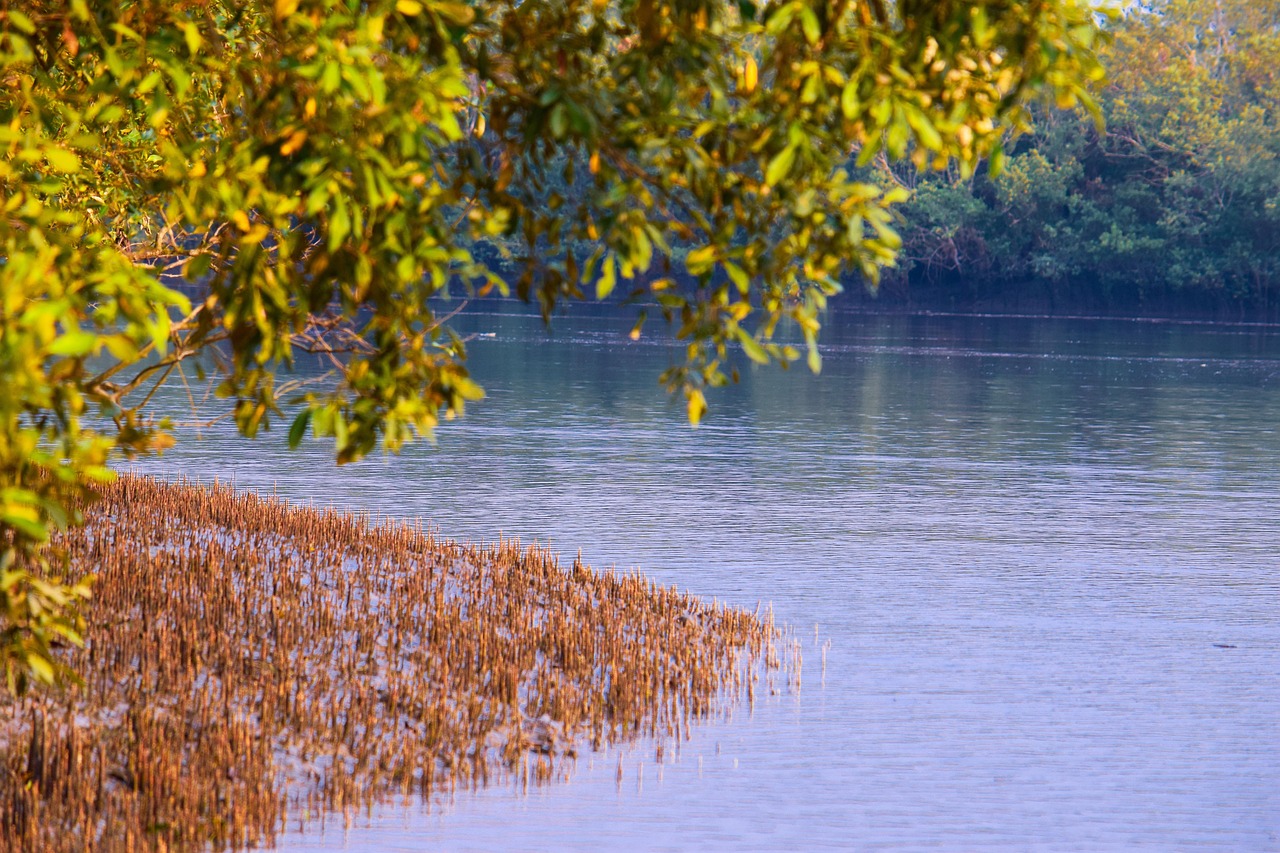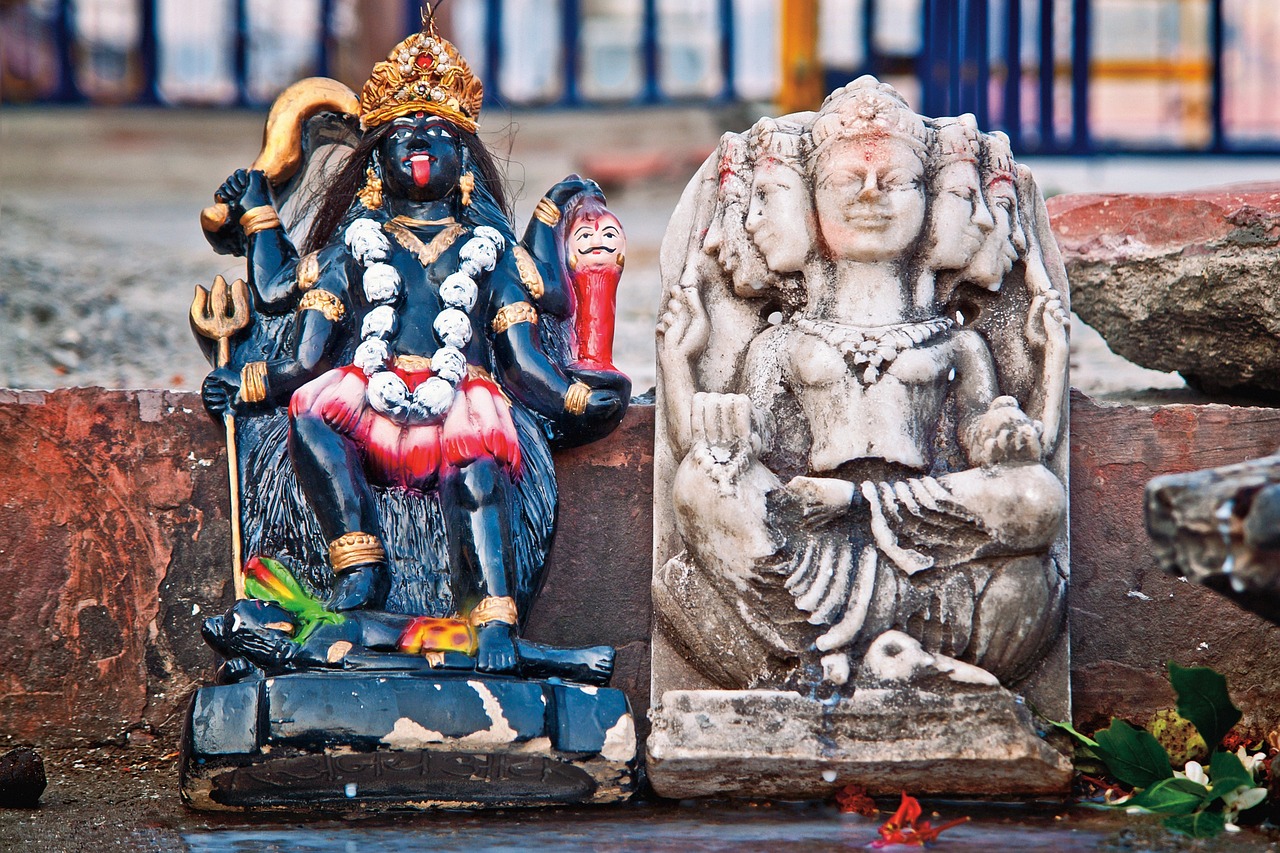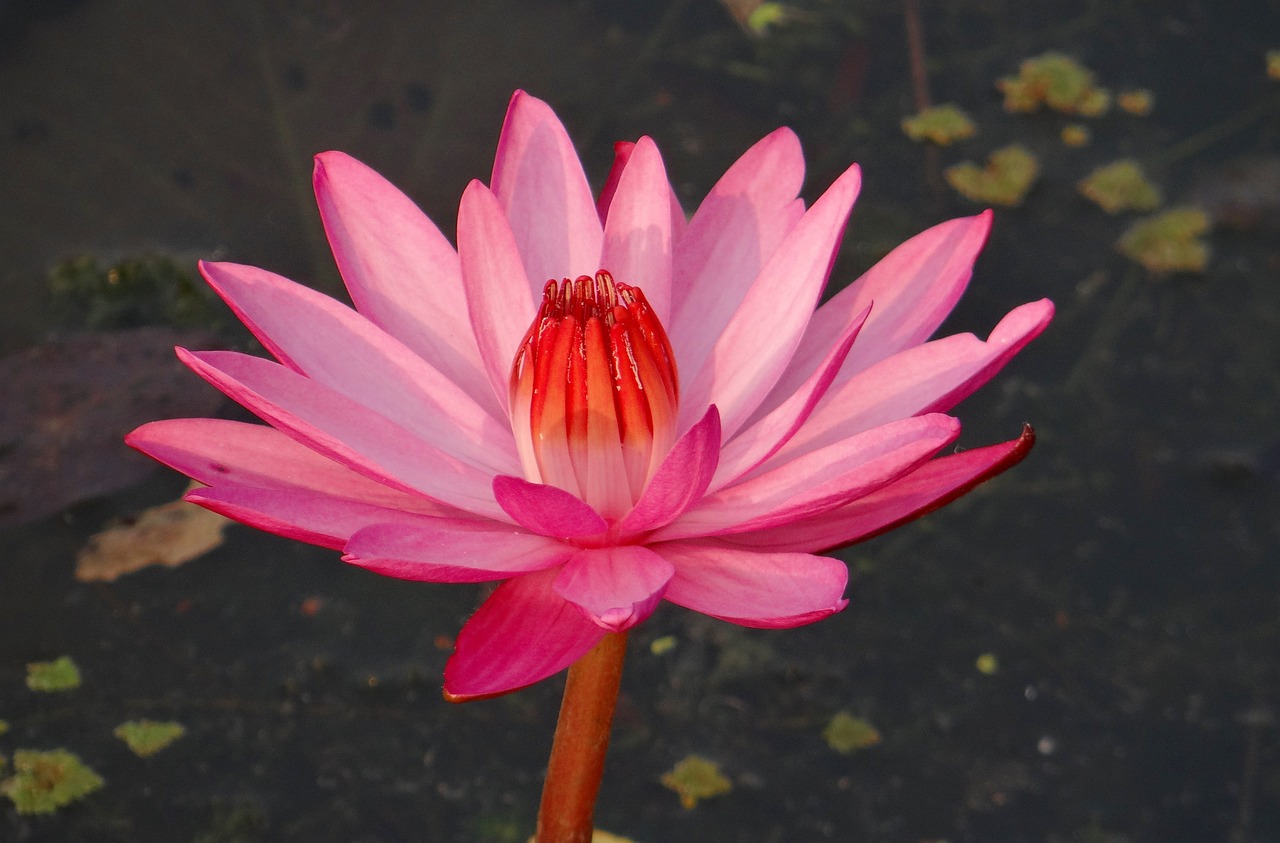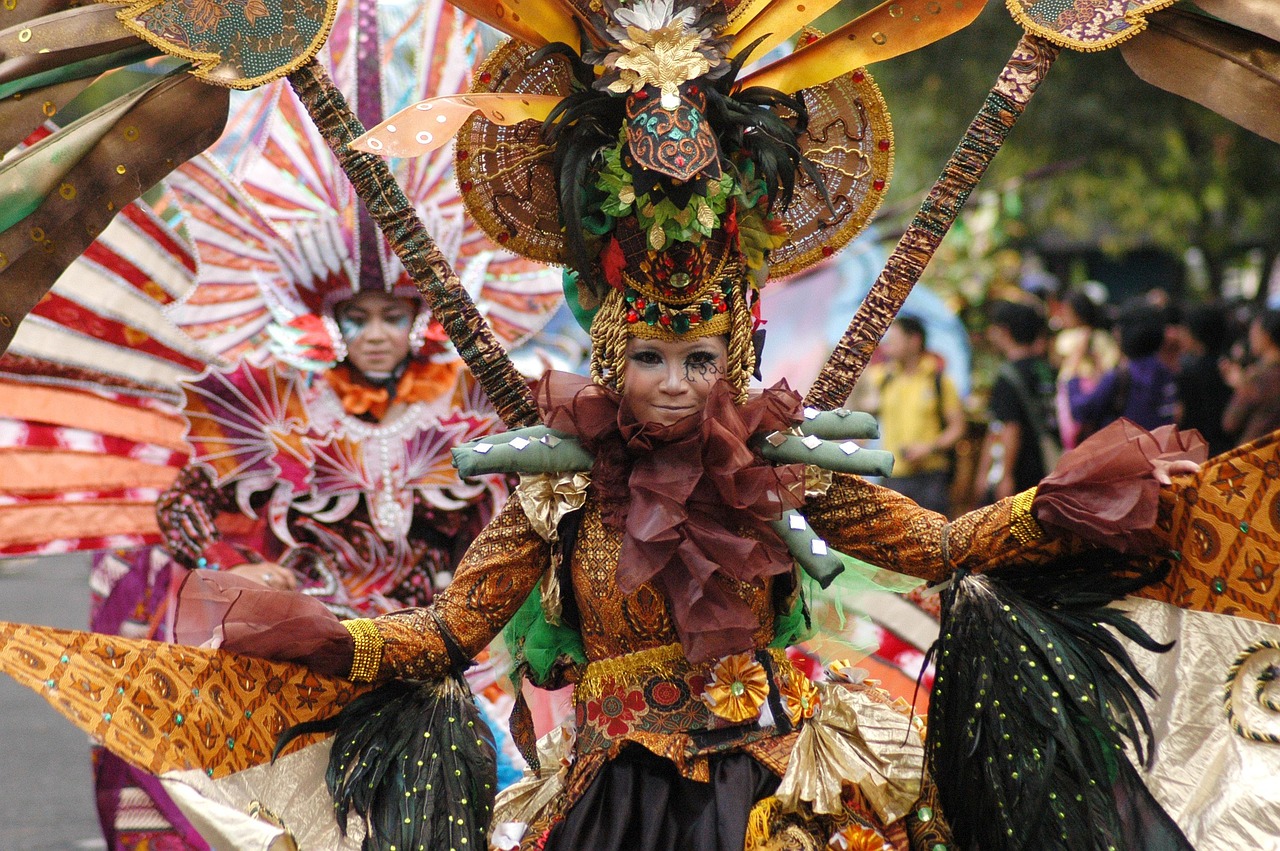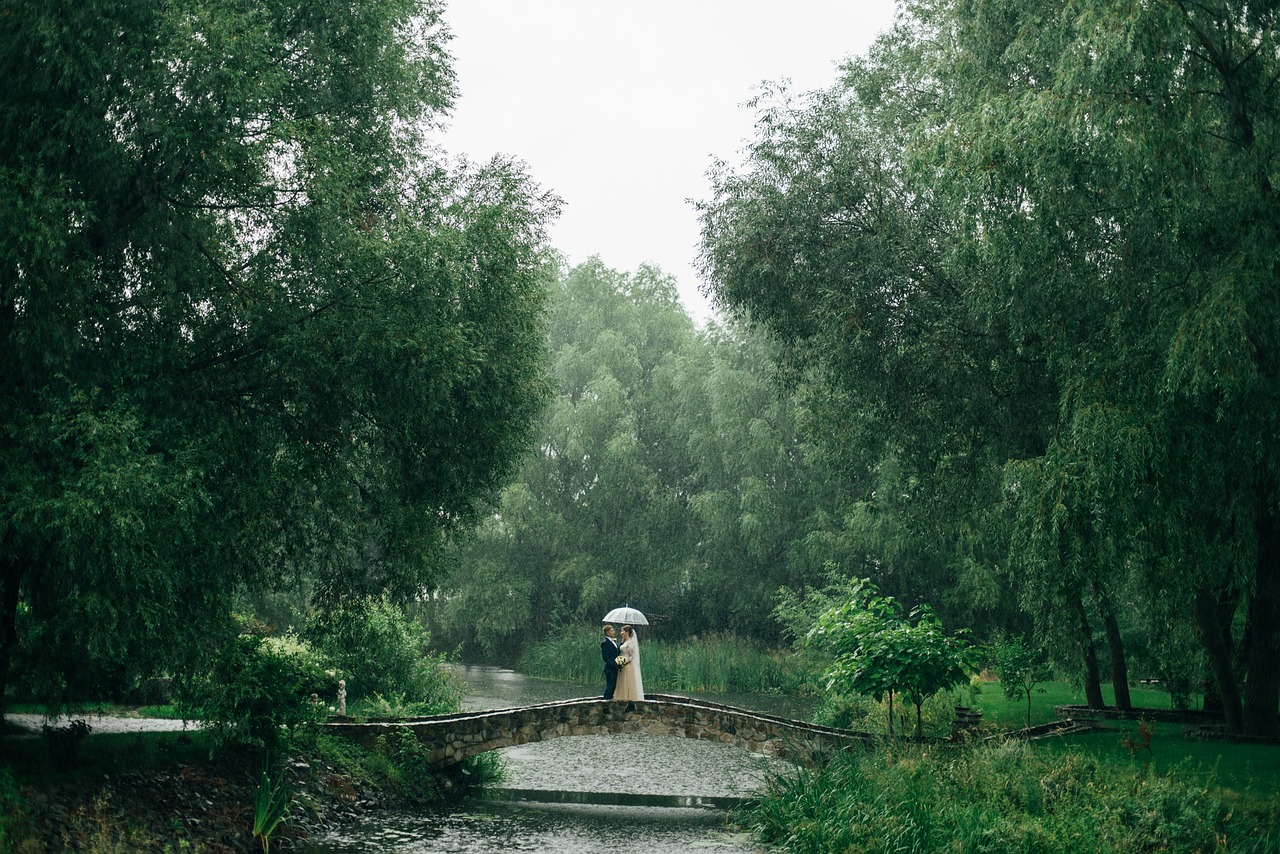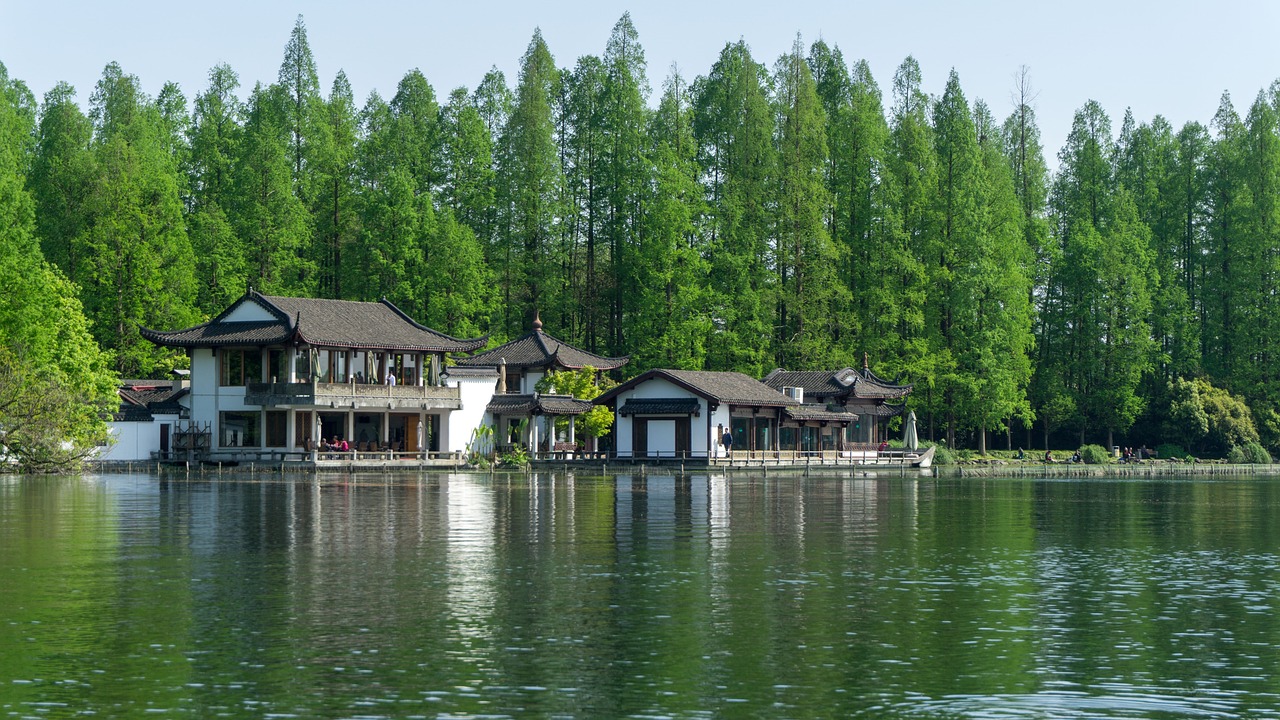How West Bengal is Leading the Way in Renewable Energy Initiatives
This article delves into the innovative strategies that West Bengal is implementing in the realm of renewable energy. By highlighting key initiatives, policies, and...
How West Bengal is Fostering a New Generation of Entrepreneurs
This article delves into the dynamic initiatives, abundant resources, and significant cultural transformations in West Bengal that are cultivating a thriving ecosystem for aspiring...
New Alipore Kolkata West Bengal: A Blend of Modern Living and...
New Alipore, Kolkata, West Bengal: A Blend of Modern Living and Traditional CharmThis article delves into New Alipore, a lively neighborhood in Kolkata, renowned...
The Evolution of Bengali Cinema: From Uttam Kumar to Srijit Mukherji
This article delves into the rich history of Bengali cinema, tracing its journey from the iconic Uttam Kumar to contemporary filmmaker Srijit Mukherji. It...
How to Take Advantage of West Bengal’s Government Schemes
This article provides a comprehensive overview of various government schemes available in West Bengal. By understanding these initiatives, residents can effectively utilize them for...
Nandigram West Bengal: A Historic Overview of the Landmarks
Nandigram, located in West Bengal, India, is a place of profound historical and cultural significance. This article delves into the rich tapestry of Nandigram's...
The Difference Between Bengali Dialects in India and Bangladesh
This article explores the rich tapestry of Bengali dialects, highlighting the linguistic and cultural nuances that distinguish the variations spoken in India and Bangladesh.Bengali,...
The Connection Between West Bengal and the Nobel Prize
This article delves into the rich history and significant contributions of West Bengal to the Nobel Prize, highlighting key figures and their profound impact...
Meet the Chief Minister of West Bengal: Mamata Banerjee’s Vision for...
This article delves into the leadership and vision of Mamata Banerjee, the Chief Minister of West Bengal. It highlights her policies, achievements, and aspirations...
How to Stay Safe During the West Bengal Lockdown
This article provides essential tips and guidelines to help individuals navigate the challenges of the West Bengal lockdown while ensuring their safety and well-being.As...
How to Prepare for West Bengal’s Joint Entrance Exam in 2024
This article serves as a comprehensive guide for students gearing up for the West Bengal Joint Entrance Exam (WBJEE) in 2024. Here, we cover...
Maulana Abul Kalam Azad University of Technology West Bengal: A Premier...
Maulana Abul Kalam Azad University of Technology (MAKAUT) in West Bengal stands as a beacon of educational excellence and innovation. Established in 2014, the...
The Complete History of West Bengal: From Ancient Times to Today
This article explores the rich and diverse history of West Bengal, tracing its evolution from ancient civilizations through colonial rule to its current status...
The Best Places to Watch a Football Match in Kolkata
This article explores the top venues in Kolkata for watching football matches, highlighting their unique features, atmosphere, and amenities that enhance the viewing experience...
Mandarmani West Bengal: The Ultimate Beach Destination You Haven’t Visited Yet
Explore the hidden gem of Mandarmani, a serene beach destination in West Bengal that offers a perfect blend of relaxation, adventure, and natural beauty....
How to Participate in West Bengal’s State Lottery and Win Big
This article serves as a comprehensive guide for individuals interested in participating in the West Bengal State Lottery. It includes valuable tips to maximize...
Mamata Banerjee: The Powerhouse Behind West Bengal’s Growth and Development
This article delves into the leadership of Mamata Banerjee, exploring her impact on West Bengal's socio-economic landscape and the transformative policies she has implemented...
The Best Heritage Walks in Kolkata for History Buffs
Discover the rich cultural and historical tapestry of Kolkata through its captivating heritage walks. This guide serves as a beacon for history enthusiasts, revealing...
How to Navigate West Bengal’s Complex Political Landscape
This article delves into the intricate political dynamics of West Bengal, providing an in-depth examination of its historical context, key political players, and current...
Maheshtala West Bengal: What to Expect from This Industrial Town
This article delves into Maheshtala, an industrial town located in the vibrant state of West Bengal. Known for its rich history, economic diversity, and...
How to Navigate the West Bengal School System: Tips for Parents
This article provides essential guidance for parents navigating the West Bengal school system, highlighting key aspects to consider for their children's education and overall...
The Best Educational Institutes in West Bengal
This article delves into the top educational institutes in West Bengal, emphasizing their academic excellence, distinctive features, and significant contributions to the field of...
How to Navigate the Complexities of West Bengal’s Real Estate Market
This article delves into the complexities of West Bengal's real estate sector, providing a comprehensive analysis of the current trends, regulatory environment, and practical...
Krishnanagar West Bengal: A Hidden Gem of Culture and Tradition
Krishnanagar, West Bengal: A Hidden Gem of Culture and TraditionThis article delves into the rich cultural heritage, vibrant traditions, and captivating attractions of Krishnanagar,...
The Best Bengali YouTube Channels to Follow Right Now
Explore the vibrant world of Bengali YouTube channels that offer a diverse array of content, ranging from entertainment to education. This guide aims to...
Kolkata’s Transformation: What’s Next for West Bengal’s Capital?
This article delves into the dynamic changes occurring in Kolkata, exploring its challenges and future prospects. The focus is on urban development, cultural evolution,...
The Best Bengali Vegetarian Dishes for a Healthy Lifestyle
This article explores the rich and diverse world of Bengali vegetarian cuisine, highlighting its health benefits, traditional recipes, and the cultural significance of these...
How to Make the Most of Your Visit to Mandarmani, West...
Explore the stunning coastal destination of Mandarmani, West Bengal. This article provides essential tips, activities, and insights to enhance your beach vacation experience, ensuring...
The Art of Bengali Kantha Stitching: History and Style Guide
This article explores the rich history, techniques, and styles of Bengali Kantha stitching, a traditional craft that beautifully combines art and utility in textiles.What...
How to Make the Most of Your Trip to Durgapur, West...
This article serves as a comprehensive guide to exploring Durgapur, West Bengal, a city that beautifully combines industrial significance with rich cultural heritage. From...
Kolaghat West Bengal: A Gateway to Scenic Beauty and Tranquility
This article delves into the enchanting town of Kolaghat, West Bengal, showcasing its stunning natural landscapes, rich cultural heritage, and diverse tourist attractions. With...
How to Get Involved in West Bengal’s Community Development Projects
This article explores various ways to participate in community development projects in West Bengal, highlighting opportunities, benefits, and best practices for meaningful involvement.Understanding Community...
Kharagpur West Bengal: Your Ultimate Travel Guide to this Growing Town
Kharagpur, West Bengal, is a vibrant town that seamlessly blends rich history, esteemed educational institutions, and stunning natural beauty. This guide aims to provide...
Rabindranath Tagore’s Legacy: How He Shaped Bengali Literature
This article delves into the profound impact of Rabindranath Tagore on Bengali literature, emphasizing his remarkable contributions, recurring themes, and the enduring influence he...
ITI West Bengal: Everything You Need to Know About Technical Education
This article provides a comprehensive overview of Industrial Training Institutes (ITI) in West Bengal, highlighting their significance, courses offered, admission processes, and career opportunities...
Jibanananda Das: The Unsung Poet of Bengal
This article delves into the life, works, and enduring legacy of Jibanananda Das, a significant yet often overlooked figure in Bengali literature. His poetry,...
How to Get Government Schemes for Small Businesses in West Bengal
This article delves into the various government schemes available for small businesses in West Bengal, providing crucial insights into eligibility, application processes, and strategies...
How to Find the Best Property Deals in West Bengal in...
How to Find the Best Property Deals in West Bengal in 2024Discover effective strategies and tips to uncover the most lucrative property deals in...
Howrah Railway Station: The Lifeline of Howrah and West Bengal
This article delves into the importance of Howrah Railway Station, a vital transport hub in India. It examines its history, architecture, services, and its...
How West Bengal Is Adapting to Climate Change
This article explores the various strategies and initiatives undertaken by West Bengal to combat the impacts of climate change. It highlights adaptive measures, government...
How to Experience the Local Culture of West Bengal Like a...
This article delves into immersive ways to engage with the rich and diverse culture of West Bengal, offering insights into local traditions, cuisine, festivals,...
How West Bengal Contributed to India’s Independence Movement
This article delves into the significant role of West Bengal during India's struggle for independence, emphasizing the key figures, movements, and events that shaped...
How West Bengal is Embracing Green Technology for a Sustainable Future #...
How West Bengal is Embracing Green Technology for a Sustainable FutureThis article explores the various initiatives and advancements in green technology being adopted in...
How to Navigate the West Bengal Board of Secondary Education System
This article serves as a comprehensive guide to understanding the West Bengal Board of Secondary Education (WBBSE) system. It covers essential aspects such as...
How to Make Authentic Bengali Sweets: Rasgulla, Sandesh, and Mishti Doi
This article delves into the delightful world of Bengali sweets, highlighting three iconic desserts: Rasgulla, Sandesh, and Mishti Doi. These treats are not only...
How to Celebrate Durga Puja in Kolkata and Other Parts of...
This article explores the vibrant festivities of Durga Puja, detailing traditions, rituals, and celebrations in Kolkata and beyond, offering insights for both locals and...
How to Learn Bengali: A Complete Guide for Beginners
This article serves as a comprehensive guide for beginners eager to learn Bengali. It encompasses essential resources, effective techniques, and practical tips that will...
How to Get a Caste Certificate in West Bengal: Step-by-Step Guide
This article serves as a comprehensive guide on how to obtain a caste certificate in West Bengal. It outlines the necessary steps, documentation, and...
How to Apply for West Bengal Lottery Sambad and Win Big
This article serves as a comprehensive guide on how to apply for the West Bengal Lottery Sambad. It includes valuable tips on increasing your...
How to Check Your Ration Card Status Online in West Bengal
This article provides a comprehensive guide on how to check your ration card status online in West Bengal. It includes step-by-step instructions and essential...
How to Celebrate Durga Puja Like a True Bengali
This article explores the vibrant festivities of Durga Puja, offering insights into traditions, rituals, and cultural significance to help you celebrate this grand occasion...
How to Access Government Services Through E-District West Bengal
This article serves as a comprehensive guide to accessing a variety of government services via the E-District portal in West Bengal. With this platform,...
How to Apply for Government Jobs in West Bengal: Tips and...
This article provides a comprehensive guide on applying for government jobs in West Bengal, including essential tips and tricks to enhance your application process...
How Shantiniketan’s Batik Prints Became Globally Popular
This article delves into the rich heritage of Batik prints from Shantiniketan, exploring their cultural significance, unique artistic techniques, and the factors contributing to...
How to Access Free Medical Services in West Bengal
This article serves as a comprehensive guide on how to access free medical services in West Bengal. It elaborates on various government initiatives, eligibility...
How the West Bengal Police Are Keeping the State Safe in...
This article explores the various strategies and initiatives employed by the West Bengal Police to ensure safety and security in the state during 2024....
How to Apply for a Ration Card in West Bengal: Step-by-Step...
This comprehensive guide outlines the process of applying for a ration card in West Bengal, detailing eligibility, required documents, and step-by-step instructions to ensure...
How Kolkata Is Becoming India’s Next Startup Hub
Kolkata is rapidly evolving into a vibrant startup ecosystem, attracting entrepreneurs and investors alike. This article explores the factors contributing to this transformation and...
How the West Bengal Finance Department is Transforming the State’s Economy
This article delves into the transformative initiatives and reforms undertaken by the West Bengal Finance Department, focusing on their efforts to stimulate economic growth,...
How the West Bengal Government is Supporting Local Farmers
This article delves into the various initiatives and programs implemented by the West Bengal government to aid local farmers, enhance agricultural productivity, and promote...
How Kali Puja Differs from Diwali: The Bengali Way of Celebrating
This article explores the unique aspects of Kali Puja and Diwali celebrations in Bengali culture, highlighting their significance, rituals, and the distinct ways in...
How the West Bengal Election Results are Shaping the Future of...
This article delves into the implications of the recent West Bengal election results, analyzing their impact on political dynamics, governance, and socio-economic development in...
How Howrah Bridge Became the Symbol of Kolkata
This article delves into the historical significance, architectural marvel, and cultural impact of the Howrah Bridge, showcasing why it stands as an enduring symbol...
How the West Bengal Government is Improving Infrastructure in 2024
This article delves into the extensive initiatives and projects undertaken by the West Bengal government to enhance infrastructure in 2024. The focus is on...
How the State Government is Improving Education in West Bengal
This article delves into the numerous initiatives undertaken by the West Bengal government to enhance the quality of education. These efforts encompass policy reforms,...
Falakata West Bengal: A Serene Getaway for Nature Lovers
Falakata, West Bengal, is a serene destination that beckons nature lovers and travelers seeking a peaceful retreat. Nestled amidst lush greenery and tranquil landscapes,...
How Feluda Became the Most Loved Detective in India
This article embarks on an intriguing journey through the life of Feluda, the iconic detective conceived by the legendary filmmaker and author Satyajit Ray....
How British Colonialism Changed West Bengal Forever # How British Colonialism Changed...
How British Colonialism Changed West Bengal ForeverThis article explores the profound impacts of British colonialism on West Bengal, delving into socio-economic, cultural, and political...
Exploring Lataguri, West Bengal: A Hidden Gem for Nature Lovers
Lataguri is a picturesque village nestled in the heart of West Bengal, known for its breathtaking landscapes, rich biodiversity, and tranquil ambiance. This hidden...
How the Local Economy of West Bengal is Evolving in 2024
This article explores the dynamic changes in West Bengal's economy in 2024, highlighting key sectors, government initiatives, and the impact of technological advancements on...
Exploring Kolkata’s Best Hidden Cafes: A Food Lover’s Guide
This article delves into the charming and lesser-known cafes in Kolkata, perfect for food lovers seeking unique flavors and cozy atmospheres. Discover hidden gems...
How Bengal’s Freedom Fighters Inspired India
This article explores the significant contributions of Bengal's freedom fighters to India's independence movement, highlighting their sacrifices, ideologies, and the lasting impact on the...
How the Culture of West Bengal is Shaping India’s Identity
This article delves into the rich cultural heritage of West Bengal and its profound influence on India's identity. By examining its art, literature, festivals,...
Exploring Darjeeling, West Bengal: A Travel Guide to the Queen of...
This article provides a comprehensive travel guide to Darjeeling, highlighting its attractions, culture, and practical tips for visitors to enjoy this picturesque hill station.Introduction...
How Bengali Folk Theatre Jatra Still Captivates Audiences
This article examines the enduring charm of Jatra, a traditional Bengali folk theatre. It delves into its rich history, cultural significance, and the reasons...
How Mamata Banerjee’s Leadership is Shaping West Bengal’s Future
This article delves into the significant transformations that have occurred in West Bengal under the leadership of Mamata Banerjee. Her tenure as Chief Minister...
Exploring Baranagar, West Bengal: A Rich History and Thriving Community
This article delves into the vibrant history, culture, and community life of Baranagar, West Bengal, offering insights into its significance and the experiences it...
Exploring the Rich History of Howrah Railway Station
This article delves into the fascinating history of Howrah Railway Station, its architectural significance, and its role in the evolution of Indian railways, offering...
How Bengali Became One of the Sweetest Languages in the World
This article delves into the rich history, cultural significance, and unique characteristics that contribute to Bengali's reputation as one of the sweetest languages globally....
Exploring Arambagh, West Bengal: A Peaceful Escape from Kolkata
This article delves into the serene town of Arambagh, highlighting its attractions, culture, and why it serves as an ideal getaway from the bustling...
How Bengal Shaped Indian Cinema: A Tribute to Satyajit Ray
This article delves into the significant impact of Bengal on Indian cinema, highlighting the legendary filmmaker Satyajit Ray and his transformative contributions that reshaped...
Exploring the Natural Wonders of Purulia, West Bengal
This article explores the breathtaking landscapes, rich biodiversity, and cultural heritage of Purulia, West Bengal, showcasing why it is a must-visit destination for nature...
How Bengal Became a Hub for Traditional Martial Arts
This article delves into the rich history and cultural significance of traditional martial arts in Bengal, highlighting its evolution, key styles, and the impact...
Exploring the Majestic Hill Stations of West Bengal
This article delves into the enchanting hill stations of West Bengal, revealing their unique charm, attractions, and experiences that make them a must-visit for...
Everything You Need to Know About West Bengal Map: Key Locations...
This article delves into the geographical and cultural significance of West Bengal, highlighting key locations, their historical context, and how to navigate the state...
Exploring the History of West Bengal’s Traditional Handicrafts
This article delves into the rich heritage of West Bengal's traditional handicrafts, examining their historical significance, techniques, and cultural impact, while highlighting the artisans...
Everything You Need to Know About West Bengal Lottery and Its...
This article explores the West Bengal Lottery, its structure, benefits, and societal effects. We delve into its history, regulations, and the role it plays...
How Baul Music Became a Symbol of Bengal’s Soul
This article delves into the cultural significance of Baul music in Bengal, tracing its rich origins, its evolution over the centuries, and its profound...
Everything You Need to Know About Professional Tax in West Bengal
This article delves into the complexities of professional tax in West Bengal, emphasizing its importance, applicable rates, exemptions, and compliance requirements. Understanding these aspects...
Exploring Murshidabad: The Lost City of Bengal’s Nawabs
This article explores Murshidabad, a city steeped in history, located in the heart of Bengal. Known for its rich heritage and remarkable architectural wonders,...
Why West Bengal Is the Cultural Capital of India
This article delves into the vibrant and rich cultural tapestry of West Bengal, exploring its history, art, literature, and festivals. It highlights the reasons...
Exploring the Famous Historical Monuments in West Bengal
This article delves into the rich tapestry of historical monuments in West Bengal, highlighting their cultural significance, architectural brilliance, and the stories they tell...
Exploring the Best Hiking Trails in West Bengal
This article delves into the top hiking trails in West Bengal, highlighting their unique features, accessibility, and natural beauty, making it an essential guide...
The Untold Story of Kolkata’s Transformation Over the Centuries
This article delves into the rich history and evolution of Kolkata, highlighting its cultural, social, and economic transformations that have shaped the city into...
Everything You Need to Know About the Sundarbans and Its Tigers
This article delves into the Sundarbans, a remarkable ecosystem known for its diverse wildlife, particularly the majestic Bengal tiger. As a UNESCO World Heritage...
Everything You Need to Know About Mamata Banerjee’s Impact on West...
This article delves into the multifaceted impact of Mamata Banerjee on West Bengal, examining her political journey, unique governance style, and significant socio-economic contributions...
The Secret History of Bengali Poetry and Its Impact on India
This article delves into the rich history of Bengali poetry, tracing its evolution and examining its profound influence on Indian literature and culture. Explore...
Exploring the Best Fishing Spots in West Bengal # Exploring the Best...
Exploring the Best Fishing Spots in West BengalThis article delves into the top fishing locations in West Bengal, providing insights on the best times...
E-District West Bengal: Simplifying Services and Applications
This article delves into the E-District initiative in West Bengal, a groundbreaking effort by the government to enhance the delivery of public services through...
Everything You Need to Know About Saraswati Puja in Bengal
This article delves into the significance, rituals, and cultural aspects of Saraswati Puja in Bengal, providing a comprehensive guide for devotees and enthusiasts alike.What...
Discover the Hidden Gems of Kolkata: Top Tourist Attractions in West...
This article delves into the lesser-known yet captivating tourist attractions in Kolkata, revealing their historical significance, cultural richness, and unique experiences that await visitors...
Everything You Need to Know About Bengal’s Terracotta Art
This article delves into the rich history, techniques, and significance of Bengal's terracotta art, exploring its cultural impact and contemporary relevance in today's artistic...
The Impact of the Bengal Partition: What Really Happened?
This article explores the historical significance, causes, and consequences of the Bengal Partition, shedding light on its impact on society, politics, and culture in...
Exploring the Beauty of Shankarpur West Bengal: A Guide to Relaxation
This article explores the serene coastal town of Shankarpur in West Bengal, showcasing its breathtaking landscapes, rich culture, and ideal locations for relaxation and...
The Hidden Stories of Bengal Renaissance That Shaped Modern India
This article delves into the transformative period of the Bengal Renaissance, a cultural and intellectual movement that emerged in the 19th and early 20th...
Digha West Bengal: Your Guide to the Best Beach Vacation
Welcome to Digha, a picturesque coastal town in West Bengal, celebrated for its breathtaking beaches, vibrant culture, and rich history. This comprehensive guide is...
Exploring the Beauty and Rich History of Baranagar, West Bengal
This article delves into the cultural heritage, historical significance, and natural beauty of Baranagar, a charming town in West Bengal, offering insights into its...
Bengali Biryani vs. Lucknowi Biryani: What’s the Difference?
This article delves into the rich culinary traditions of Bengali and Lucknowi biryanis, highlighting their unique ingredients, preparation methods, and cultural significance. By exploring...
Exploring the Beautiful Landscape of Darjeeling, West Bengal
This article delves into the stunning landscapes of Darjeeling, showcasing its natural beauty, cultural significance, and must-visit attractions that make it a unique destination...
Dankuni West Bengal: A Guide to the Growing Industrial Town
Dankuni, a burgeoning industrial town in West Bengal, is rapidly transforming into a significant economic hub. This article delves into the multifaceted aspects of...
A Guide to the Best Beaches in West Bengal
Discover the breathtaking beaches of West Bengal, where golden sands seamlessly blend with the azure waters of the Bay of Bengal. This guide serves...
The Evolution of the Bengali Language: A Historical Perspective
This article delves into the rich history and development of the Bengali language, tracing its origins, influences, and significance in literature and culture over...
Understanding Pokémon: A Comprehensive Guide
This article delves into the fascinating world of Pokémon, exploring their types, abilities, evolution, and much more to provide an in-depth understanding for both...
7 Unique Bengali Wedding Traditions You’ve Never Heard Of
This article explores the fascinating and lesser-known traditions of Bengali weddings, highlighting their cultural significance and unique practices that make them truly special.Bengali weddings...
Everything You Need to Know About West Bengal’s Traditional Festivals
This article delves into the vibrant traditional festivals of West Bengal, showcasing their cultural significance, unique customs, and the rich experiences they offer to...
The Difference Between Bengali Dialects in India and Bangladesh
This article explores the rich tapestry of Bengali dialects, highlighting the nuances between those spoken in India and Bangladesh. We aim to provide a...
Discover the Unique Art and Craft Culture of West Bengal
This article delves into the rich and diverse art and craft culture of West Bengal, a region known for its vibrant traditions and skilled...
CEO West Bengal: Meet the Leaders Driving the State’s Growth
This article explores the influential CEOs in West Bengal, highlighting their contributions to the state's economic development and innovative initiatives that shape its future.Introduction...
7 Famous Bengali Actors Who Conquered Bollywood
This article explores the remarkable journeys of seven iconic Bengali actors who have successfully made their mark in Bollywood, showcasing their contributions and achievements...
The Complete History of West Bengal: From Ancient Times to Today
This article delves into the rich and diverse history of West Bengal, tracing its evolution from ancient civilizations to its current status as a...



